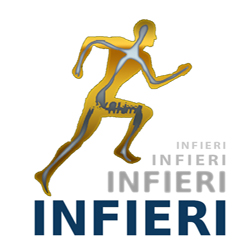Speaker
Description
IMDEA Nanociencia is a non-profit Foundation created on November 23rd 2006 by initiative of the regional Government of the Community of Madrid in November 2006 in order to shorten the distance between the research and society in the Madrid region and provide new capacity for research, technological development and innovation in the field of Nanoscience, Nanotechnology and Molecular Design. In 2007 the former Ministry of Education and Science of the Government of Spain decided to also fund part of the creation and equipment of an institute of Nanoscience in the Community of Madrid.
The Foundation manages the IMDEA Nanociencia Institute, a new interdisciplinary research Centre dedicated to the exploration of basic nanoscience and the development of applications of nanotechnology in connection with innovative industries. The IMDEA Nanociencia Institute is part of one of the strategic lines of the Campus of International Excellence (CEI) UAM+CSIC.
Teresa González got her Bachelor Degree (1996) and her PhD in Physics (2003) at the Universidad de Santiago de Compostela in Spain. Her PhD thesis obtained the Outstanding Doctorate Award. She is an expert in electrical transport properties of matter. She has worked in different fields including supercon- ductivity, during is PhD research, and molecular electronics, that she started during her postdoctoral stay at Universität Basel in Christian Schönenberger’s group (2004-2008). She joined IMDEA-Nanociencia in 2008 as Ramón y Cajal researcher. She is in charge of the IMDEA Molecular Electronics Laboratory.
We study the properties of single-molecule junctions formed using scanning tunneling microscopes that are designed and developed in house. We focus on junctions with molecules chemically bound to two metallic electrodes.
